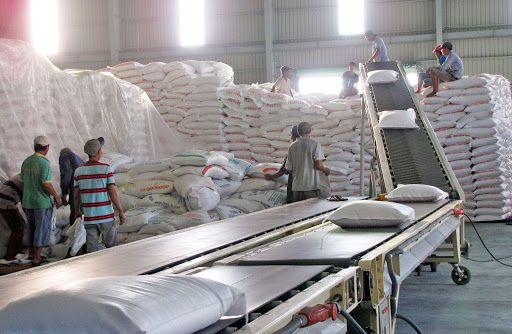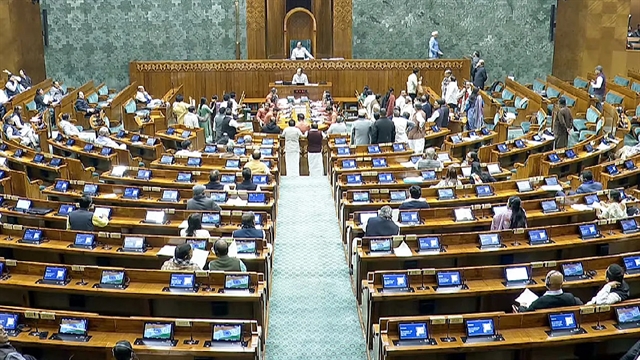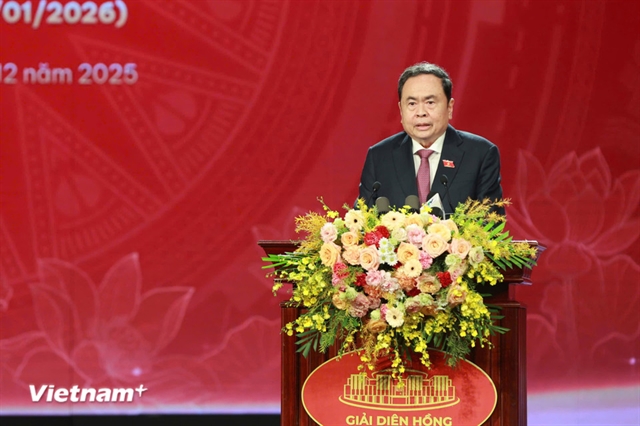 Economy
Economy

Since the new coronavirus epidemic will surely affect exports to China, diversifying markets is an urgent requirement for Vietnamese rice exporters, experts have said.

|
| Việt Nam exported 560,000 tonnes of rice in January 2020, worth US$270.3 million, according to the General Department of Customs. VNS Photo Văn Châu |
HCM CITY – Since the novel coronavirus (Covid-2019) epidemic will surely affect exports to China, diversifying markets is an urgent requirement for Vietnamese rice exporters, experts have said.
The winter-spring rice crop harvest has begun in the Cửu Long (Mekong) Delta.
In Hậu Giang Province 1,000ha of crops have been marginally affected by salinity but farmers have harvested hundreds of hectares of rice early, and the yield is quite high at 7.7 tonnes per hectare.
Prices have decreased slightly since the beginning of the season earlier this month because exports to China have ceased, Trần Chí Hùng, director of provincial Department of Agriculture and Rural Development, said.
The price would continue to drop unless new markets are found, he said.
Bùi Thị Thanh Tâm, general director of VinaFoods 1 Corporation, said five years ago China was the largest market for Vietnamese rice, but now export markets have been expanded, meaning the novel coronavirus epidemic would not hit Việt Nam's exports too badly.
The Philippines became the largest market for Vietnamese rice, buying US$885 million worth last year, according to the General Department of Customs.
Đỗ Hà Nam, vice chairman of the Việt Nam Food Association, said China would continue to reduce rice imports this year.
But Việt Nam has a chance to ship to Japan this year since that latter wants to diversify its import sources to other suppliers from countries that have signed the Comprehensive and Progressive Agreement for Trans-Pacific Partnership (CPTPP), including Việt Nam.
It now relies much on US supply.
But to export to Japan, the Vietnamese agriculture sector needs support from authorities.
The Ministry of Industry and Trade focuses on developing markets and negotiating free trade agreements. The Ministry of Agriculture and Rural Development (MARD) is in charge of production, including quality improvemens.
Local authorities need to guide and encourage farmers to produce organic rice.
Businesses also need to ensure the quality of the rice they are exporting.
If these tasks are well co-ordinated, export growth could be ensured, Tâm said.
Minister of Agriculture and Rural Development Nguyễn Xuân Cường said global rice exports now are 36-40 million tonnes a year, with Việt Nam accounting for seven million tonnes, but its export value is not high because of its passive approach.
In the long term, the agricultural sector should look at reducing the total area under rice to a level that ensures food security and reasonable export volumes, he said.
It also needs to ensure the quality of the grain and packaging, he said.
As for exports, Việt Nam should expand to new markets like Africa and the Middle East besides regional countries such as Indonesia and Singapore, he said.
Việt Nam's major competitor, Thailand, faces a severe drought, affecting rice production, while Singapore, which imports 30-40 per cent of its rice from Thailand, is considering diversifying import sources, MARD said.
Việt Nam has shipped the grain to 150 countries and territories in Asia, Africa and the Americas. – VNS

.jpg)


